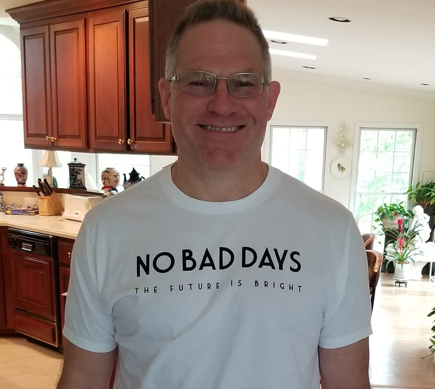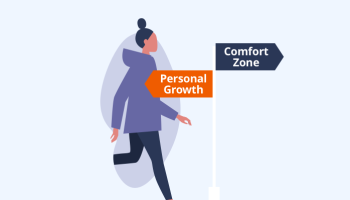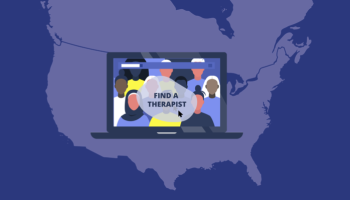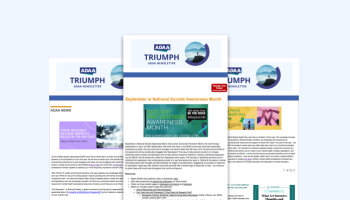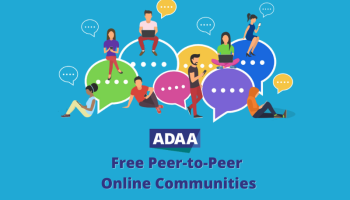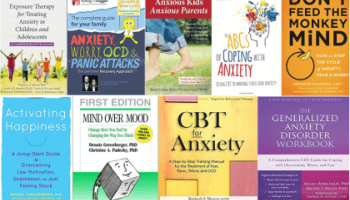5 Tips for Using Interoceptive Exposure to Face Your Fears
5 Tips for Using Interoceptive Exposure to Face Your Fears

“The thing of which I have most fear is fear.” - Michel de Montaigne
Fear is one of the six basic human emotions, with a clear evolutionary purpose: to help us respond to danger and survive. Fear is both a psychological
and biomechanical process, which involves several areas of the brain, the autonomic nervous system, and the adrenal gland.
However, excessive fear can morph into panic and avoidance of situations that do not pose a real threat. In this situation, it can be difficult to distinguish between true danger and the sensation of generalized, irrational fear. The physical experience of the adrenaline release, from a racing heart and a tight chest to nausea and dizziness, may even become more feared than their trigger. Interoceptive Exposure is a component of Cognitive Behavioral Therapy which can help individuals face their fears by purposefully simulating the physical sensations of panic.
What is Interoceptive Exposure Therapy?
Interoceptive Exposure is a form of Exposure Therapy which is a psychological treatment that guides individuals to “practice” panicking, breaking a pattern of avoidance and anxiety. Exposure Therapy is an evidence based treatment for a range of conditions including phobias, Panic Disorder, Social Anxiety Disorder, Obsessive Compulsive Disorder, Post Traumatic Stress Disorder, and Generalized Anxiety Disorder.
In Exposure Therapy, providers create a safe environment to intentionally “expose” their clients to objects, activities, or situations they fear. Exposure Therapy is typically structured, gradual and hierarchical; individuals will begin with tasks which are less anxiety-provoking, and over time build up to those which are most feared. Eventually, the individual will become habituated to the feared situation, and their reaction to a feared stimulus may decrease leading to decreased avoidance and distress.
There are several versions of exposure:
- In vivo exposure: direct exposure to the feared object, situation or activity in real life
- Imaginal exposure: vividly imagining the feared object, situation or activity
- Virtual reality exposure: using VR technology to simulate the fear in a very realistic way
- Interoceptive exposure: deliberately recreating physical sensations which are harmless, yet feared
Examples of Interoceptive Exposure exercises include:
- Quickly breathing through a straw to recreate shortness of breath
- Spinning in a desk chair to simulate dizziness.
- Running in place to reproduce increased heart rate
- Purposely over-inhaling and exhaling to hyperventilate
Contraindications
While most of these exercises are mild in intensity, they may not be appropriate for people with certain medical conditions such as pregnancy, low blood pressure, heart conditions, asthma or epilepsy. The exercises may be uncomfortable, but should not be painful. If in doubt, it is best to consult with a health professional before proceeding.
5 Tips for Trying Interoceptive Exposure:
- Try different exercises: You may need to try different exercises, depending on which physical sensations you usually experience when you are anxious or fearful. Be curious about which exercises might provoke anxiety for you.
- Avoid avoidance: Try to experience and stay present with the sensations as much as possible, and avoid subtle ways of avoiding the experience. For example, it can be common to stop the task early, not complete it fully or distract yourself while undertaking them. While understandable, this will limit how effective the exposure will be.
- Take notes about your experience: It’s important to monitor how you feel during and after each exercise. After each task, use a scale of 0-100 to rate your anxiety or distress level (where 0 is lowest and 100 highest). Write down any internal sensations and anxious thoughts you experienced.
- Repetition: It is important to repeat each exercise until your anxiety rating has decreased to 30 or below. This might be later that day, or the next.
- Use your resources: Talk to friends and loved ones to seek support - this can be a challenging process! It is also advisable to seek out a therapist or other mental health provider to help guide you through this process.









